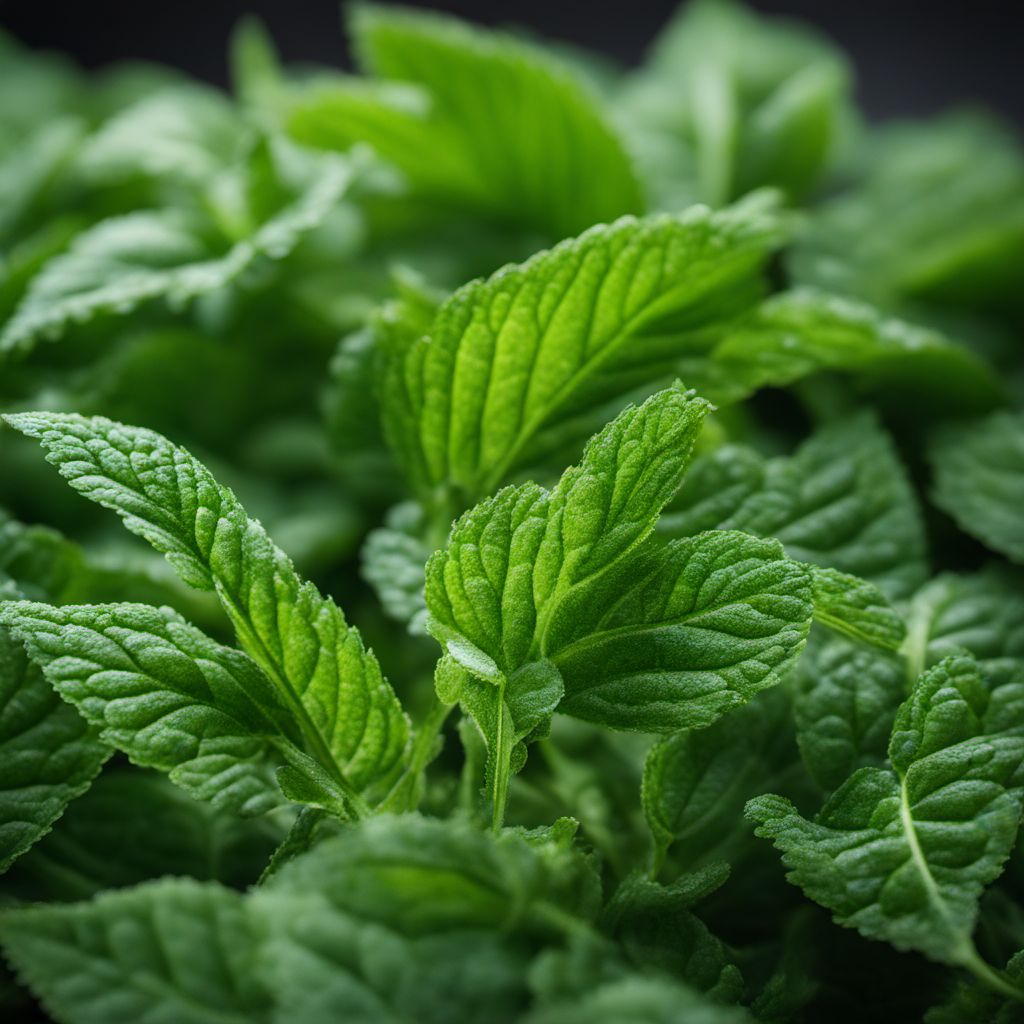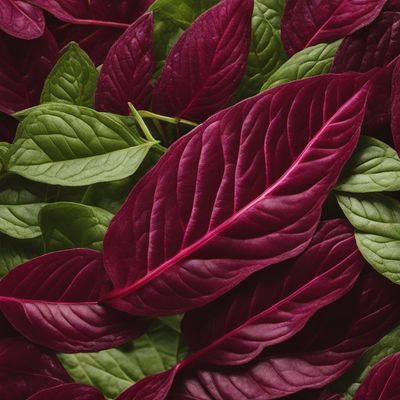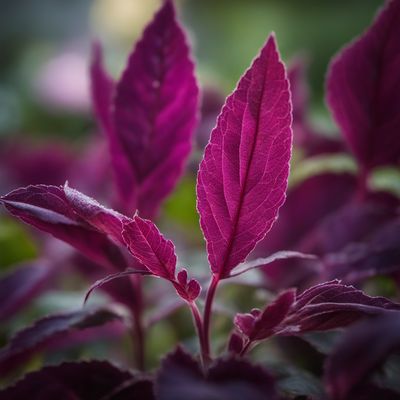
Ingredient
Green amaranth leaves
The Nutrient-Packed Powerhouse: Green Amaranth Leaves
Green amaranth leaves are characterized by their tender, elongated, and lance-shaped leaves that range in color from bright green to deep red. They have a slightly earthy and grassy taste, with a hint of sweetness. The leaves are tender and have a delicate texture, making them perfect for both raw and cooked preparations. When cooked, they wilt down and develop a soft, spinach-like texture.
Origins and history
Green amaranth leaves have a rich history and are believed to have originated in Central America. They have been cultivated for thousands of years and were highly regarded by the ancient Aztecs and Incas for their nutritional benefits. Over time, green amaranth leaves spread to various parts of the world, including Asia, Africa, and Europe, where they became an integral part of local cuisines.
Nutritional information
Green amaranth leaves are a nutritional powerhouse, packed with essential vitamins and minerals. They are an excellent source of vitamin A, vitamin C, iron, calcium, and dietary fiber. Additionally, they are low in calories, making them a great choice for those looking to maintain a healthy weight.
Allergens
There are no known allergens associated with green amaranth leaves.
How to select
When selecting green amaranth leaves, look for vibrant, fresh leaves that are free from wilting or yellowing. Avoid leaves with any signs of discoloration or damage. Opt for organically grown leaves whenever possible to ensure the absence of pesticides or chemical residues.
Storage recommendations
To maintain the freshness of green amaranth leaves, remove any rubber bands or ties and place them in a plastic bag or airtight container. Store them in the refrigerator's crisper drawer, where they can stay fresh for up to 5 days. Avoid washing the leaves until ready to use to prevent moisture buildup.
How to produce
Green amaranth leaves can be easily grown in home gardens or containers. They thrive in well-drained soil and require ample sunlight. Sow the seeds directly in the soil or in pots, keeping them moist until germination. Regularly harvest the leaves to encourage continuous growth.
Preparation tips
Green amaranth leaves can be used in a variety of dishes. To prepare them, rinse the leaves thoroughly under cold water to remove any dirt or debris. Trim off any tough stems and discard. They can be enjoyed raw in salads or added to soups, stews, stir-fries, or sautés. Cooking them briefly helps retain their vibrant color and nutritional value.
Substitutions
Spinach or Swiss chard can be used as substitutes for green amaranth leaves. Both offer a similar tender texture and mild flavor that can complement various dishes.
Culinary uses
Green amaranth leaves are commonly used in Asian, African, and Caribbean cuisines. They are often stir-fried with garlic and spices, added to curries, or used in soups and stews. They can also be blanched and used as a filling for savory pastries or added to omelets and frittatas.
Availability
Green amaranth leaves are commonly available in regions such as Asia, Africa, and parts of Europe. They are also cultivated in North and South America.




